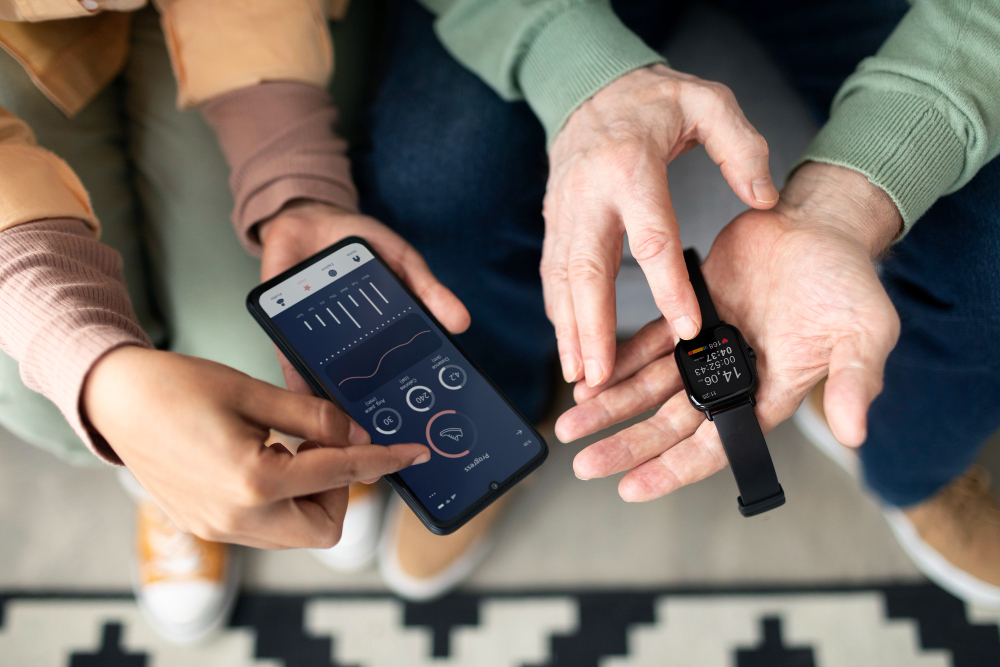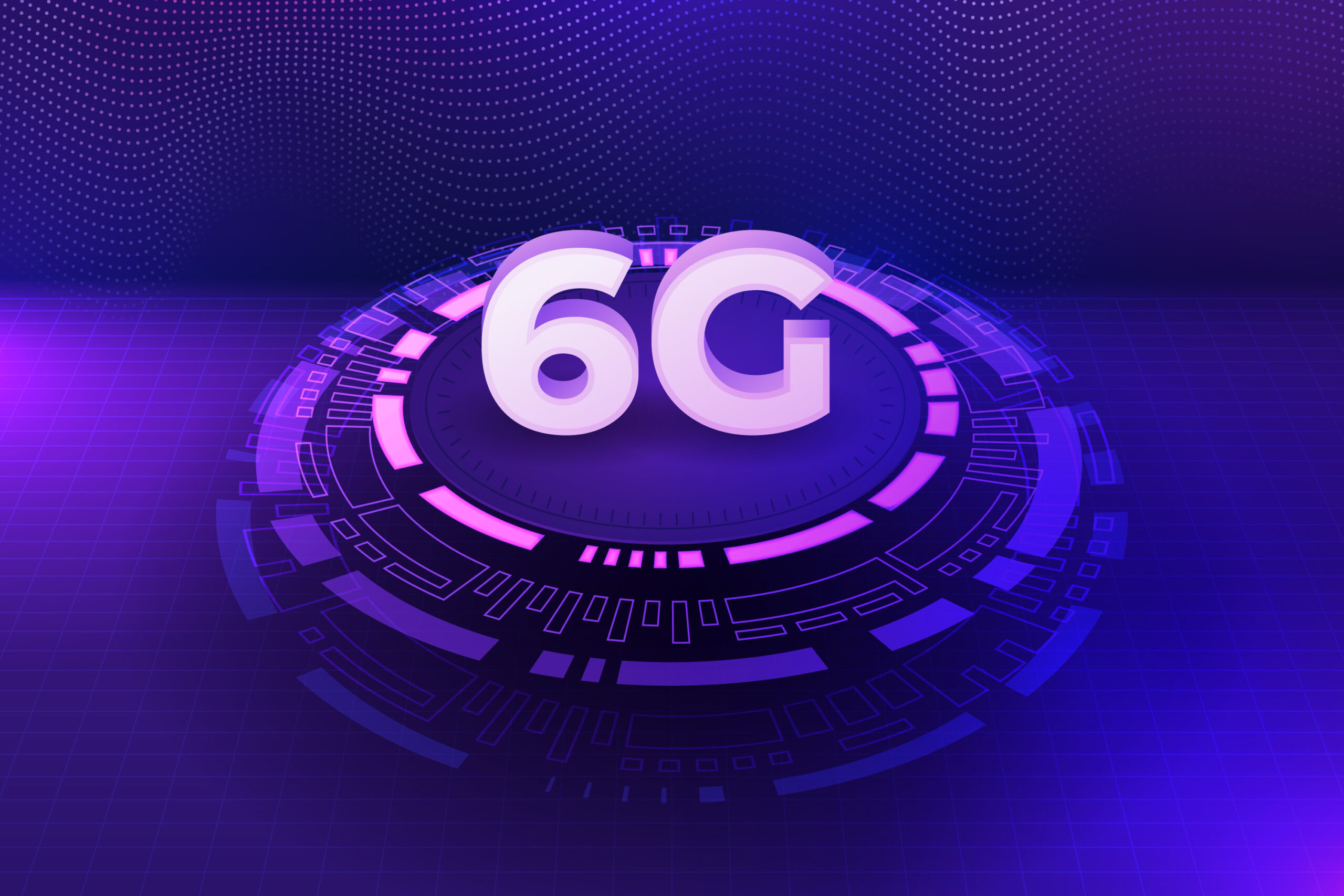We’ve come a long way from the days of bulky mobile phones and basic gadgets. Today, we live in a world where smart devices are everywhere, constantly evolving and integrating into nearly every aspect of our daily lives. From smartphones to smartwatches and other wearables, these devices have not only changed how we communicate but also how we work, stay healthy, and entertain ourselves.
So, how did we get here? Let’s take a trip through the evolution of smart devices and explore how these everyday tech gadgets have transformed over the years.
The Birth of the Smartphone: A New Era in Communication
It all started with the humble mobile phone—or rather, the cell phone. The first cell phones, introduced in the 1980s, were large, bulky devices that only allowed you to make calls and send texts. They were a revolutionary concept, but their capabilities were extremely limited compared to today’s devices.

Then came the smartphone—a game-changer in 2007, when Apple released the iPhone. The iPhone combined a phone, a music player, a camera, and a web browser all into one sleek, touch-screen device. Suddenly, people weren’t just calling or texting. They were checking emails, browsing the internet, playing games, and downloading apps—all on one device. The iPhone set the stage for a world where your phone became your lifeline to everything—from work to social media, entertainment, and beyond.
But the evolution didn’t stop there. As smartphones continued to improve, their features expanded to include facial recognition, wireless charging, ultra-fast processors, and advanced cameras that rival professional-grade equipment. Today, smartphones are not just communication tools—they’re portable computers, digital assistants, and personal entertainment hubs.
The Rise of the Wearable Tech: The Next Step in the Smart Revolution
As smartphones became more powerful, another trend emerged: wearable tech. These smart devices, worn on the body, take the idea of convenience and accessibility to a whole new level. They put important data at your fingertips—or rather, at your wrist, your ear, or even your clothing.
Smartwatches: Bringing the Smartphone to Your Wrist
The first big leap in wearable tech was the smartwatch. Apple, again, played a pivotal role with the launch of the Apple Watch in 2015. Combining the functionality of a traditional watch with the capabilities of a smartphone, smartwatches became the perfect blend of fashion and tech. They allow users to send messages, make calls, track fitness, and even monitor heart rate—all from their wrist.
Today’s smartwatches, like the Apple Watch Series or Samsung Galaxy Watch, offer even more advanced features, such as ECG monitoring, blood oxygen level tracking, and fall detection. For fitness enthusiasts, these wearables track everything from steps to workouts and sleep patterns. In short, they’ve turned health monitoring into something that’s always within reach.
Fitness Bands: Simple but Powerful
Before smartwatches became mainstream, we saw the rise of fitness trackers like the Fitbit. These devices were focused primarily on health and fitness, helping users monitor things like steps taken, calories burned, and heart rate. While they didn’t offer all the bells and whistles of a smartwatch, fitness trackers were incredibly popular due to their simplicity and battery longevity. Over time, they evolved into devices that not only track physical activity but also offer sleep tracking, stress management tools, and even guided breathing exercises.
Smart Glasses: The Future is in Your Lenses
Smart glasses may sound like something straight out of a sci-fi movie, but companies like Google and Snapchat have already brought us closer to this reality with products like Google Glass and Snap Spectacles. While they’ve yet to become ubiquitous, the potential for augmented reality (AR) through smart glasses is immense. Imagine having directions, notifications, and other helpful info displayed right on your lenses while you walk around, without needing to pull out your phone. In the near future, we could see even more advanced versions of smart glasses that blend the real world with the digital one.
Wearable Health Tech: Monitoring Your Body in Real-Time
Wearable technology has expanded far beyond fitness bands and smartwatches. Today, we have wearable health devices that monitor everything from glucose levels to posture. Companies are developing patches, rings, and even socks that can track various health metrics. For example, the Oura Ring tracks sleep patterns, body temperature, and activity levels, while continuous glucose monitors (CGMs), like those from Dexcom, give diabetics real-time insight into their blood sugar levels.
These advancements have opened up a whole new realm of possibilities for personal health and wellness. It’s no longer about simply tracking your steps—it’s about gaining deep insights into your health and taking proactive steps to improve it.
Smart Devices: A Seamless Ecosystem
As smart devices evolve, they’re becoming more interconnected, creating a seamless ecosystem where all your gadgets work together. For instance, your smartphone, smartwatch, smart speaker (like Amazon Echo or Google Home), and even your smart fridge can communicate with each other, making your life easier and more efficient.
Imagine asking your smart speaker to play music, and it syncs perfectly with your smartwatch to adjust the volume. Or your phone detects that you’re walking and automatically switches to “fitness mode,” while your smartwatch tracks your heart rate during a run. This interconnected experience is shaping the future of smart technology, making it more intuitive, convenient, and effortless.
Looking Ahead: What’s Next for Smart Devices?
The future of smart devices is incredibly exciting. We’re already seeing the first stages of smart clothing, like shirts and jackets with built-in sensors that monitor your health. Brain-computer interfaces (BCIs) are also on the horizon, potentially allowing us to control devices with our thoughts.
One thing is clear: smart devices are becoming an integral part of our daily lives. What started with a simple phone has grown into an ecosystem of gadgets that help us live smarter, healthier, and more connected lives. The evolution from phones to wearables is just the beginning of a new era in technology.











